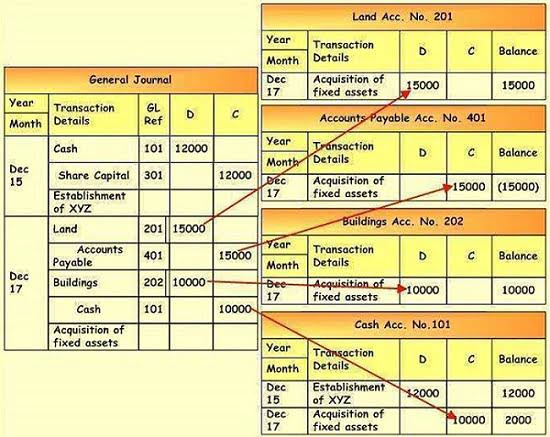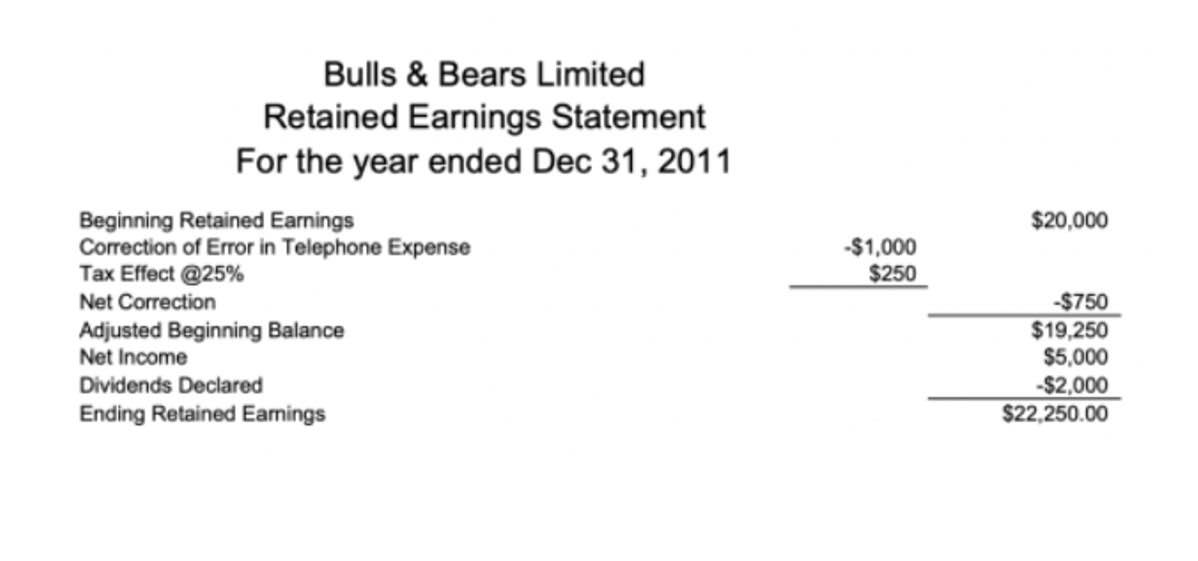
The purpose of the Owner’s Withdrawal account is to track the amounts taken out of the business without impacting the balance of the original equity account. Accounts receivable (A/R) has a debit balance, but the allowance for doubtful accounts carries a creditbalance. The difference between an asset’s account balance and the contra account balance is known as the book value. Home Depot reports that returns are estimated at the time of the sale based on historic returns numbers. The amount is not reported, and the net sales amount is reported on the income statement.

Then, when the employee-paid portion of the expense is paid to the company by employees, these reimbursements are recorded in a benefits contra expense account. The net effect of the two accounts is a reduced total benefits expense for the company. Inventory obsolescence is an expense account, while the allowance for obsolete inventory is a contra asset account, which aims to reduce the inventory valuation on your balance sheet. Using the allowance for doubtful accounts, the contra asset account will more accurately reflect your true accounts receivable balance and make sure sure that your financial statements reflect the most accurate information possible.
In the first month of the arrangement, the company pays the insurer $10,000, which Inscrutable records in a long-term disability insurance expense account. It then records $5,000 of contra expense against this account, which is derived from deductions taken from employee pay. Contra expense accounts are rarely used, because organizations find it to be easier to record third-party payments directly against an expense account. However, these accounts are still useful when dealing with large quantities of reimbursements, where it is cleaner and less confusing to store the information in a separate account. Thus, the use of a separate contra expense account makes it easier to monitor the flow of expenses and reimbursements. It is important to realize that unearned revenue is not a contra revenues account.

When researching companies, the financial statement is a great place to start. Contra accounts are confusing at first, but, with a little study, understanding them becomes second nature. Let’s go over how they work and what the main types are, and then finish with an example. A company receives rebates for advertising it does on behalf of brands it carries in its stores. For example, a grocery store displays advertisements for a national brand in its weekly flyer.
Companies like to depreciate assets as quickly as possible to get the tax savings, so the balance sheet may not state the true value of fixed assets. A contra account is an entry on the general ledger with a balance contrary to the normal balance for that categorization contra expense account (i.e. asset, liability, or equity). Contra Equity Account – A contra equity account has a debit balance and decreases a standard equity account. Treasure stock is a good example as it carries a debit balance and decreases the overall stockholders’ equity.

For instance, to increase asset and expense accounts, we simply record a debit and to decrease those accounts, we can record a credit. Each account in a general ledger will be designated debit or credit accounts depending on whether they’re categorized as assets, liabilities, revenues or expenses. As your business acquires new assets (e.g., machinery, office equipment, vehicles), you record the initial purchase value in your Fixed Asset account. But these items don’t retain that initial value; if liquidated, they would likely be sold at a loss.
But in the real world, converting all of that potential into hard cash is highly unlikely, if not impossible. Instead, you need to record this value gap, and a contra asset account serves that purpose. The equity section of the balance sheet is where the shareholder’s claims to assets are reported. The main contra equity account is treasury stock, which is the balance of all stock repurchased by the company.
The offset to the Depreciation Expense account is Accumulated Depreciation. The allowance for doubtful accounts – often called a “bad debt reserve” – would be considered a contra asset since it causes the accounts receivable (A/R) balance to decline. Inscrutable Corporation offers long-term disability insurance to its employees under an arrangement in which it pays for the insurance, and then participating employees reimburse it for half of this cost.